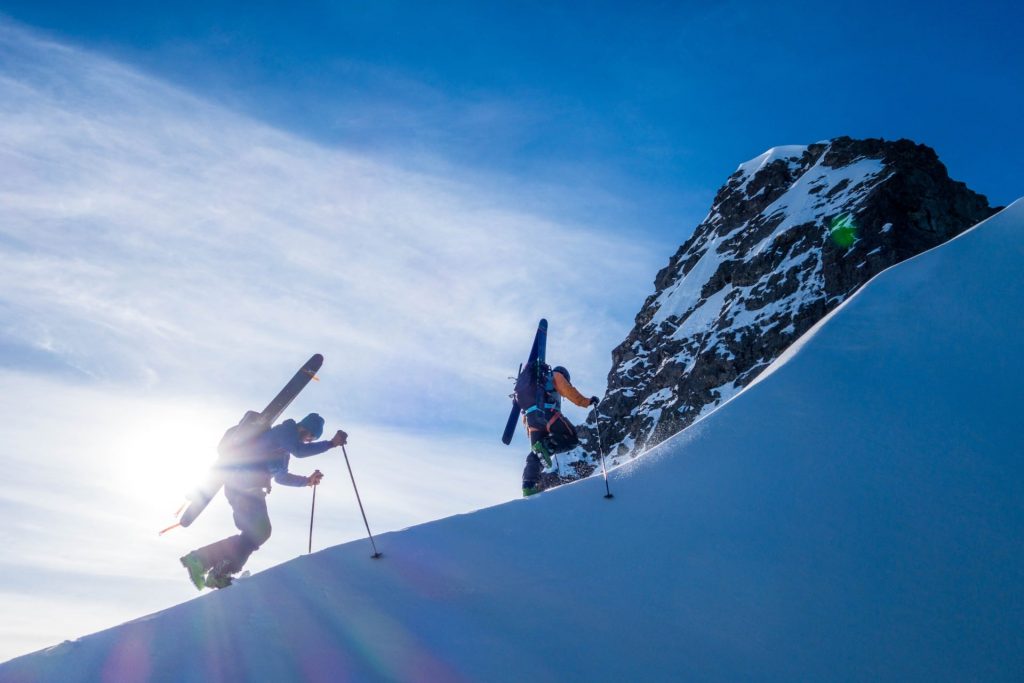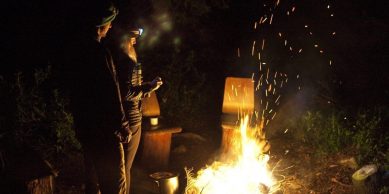The Coast Mountain range of British Columbia is a spectacular chain of mountains running from the Yukon, all the way down to the Fraser Valley. They consist of over 1,600 kilometres of expansive glaciers and vast icefields, soaring peaks and hidden valleys. Whistler’s share of the Coast Mountains boasts all these attributes, plus unparalleled access to these hallowed hills by way of chairlifts, gondolas, forestry roads and highways that split through the range – the perfect playground for Whistler backcountry skiing and boarding.
With the huge crowds that Whistler draws every winter and the sprawling metropolis of Vancouver just a short drive away, the number of people participating in Whistler backcountry skiing and boarding has never been greater. The popularity of these backcountry activities is exploding and currently accounts for the fastest-growing segment of the snow sports industry. This boost in popularity is part due to all the amazing resources available to backcountry riders. These resources not only allow for people to get introduced to the sport, but also facilitate safe and fun adventures for backcountry enthusiasts, from beginner to professional.
Expert Advice for the Right Equipment
Backcountry skiing/boarding is equipment-intensive, as our Ski Gear Essentials Guide and Backcountry Ski Touring Gear List show. For a newbie it can be pretty overwhelming, making expert advice incredibly important when it’s time to pick new gear. Backcountry gear stores in Whistler employ experts in their field, and will help combine a person’s backcountry goals with the perfect gear to achieve their lofty ambitions, and bespoke ski makers like Foon Skis can give you a truly unique pair of skis, tailored to your use and experience.
But while local stores carry all the necessary gear knowledge to help out, we still recommend you go armed with your own knowledge, and a clear idea of what you want to get out of your gear.
There are many great online resources for gear reviews. Doglotion has matter-of-fact, real world reviews, and for a more tech-oriented look at equipment, Wild Snow will appeal to the geekiest of snow nerds. Once educated, hit up one of Whistler’s finest backcountry-focused retailers. Two of those include Escape Route and Excess Backcountry. Both of these stores will outfit those new to the backcountry, and help more seasoned riders and skiers enhance their experience in the mountains.
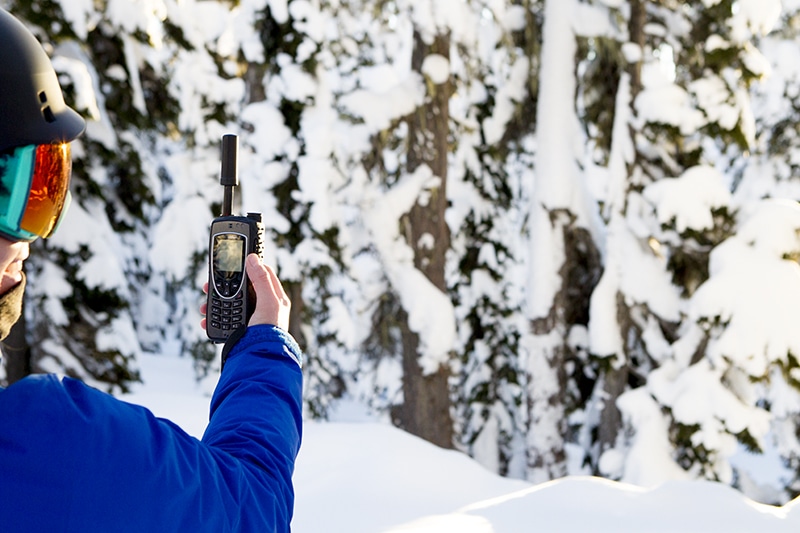
Professional advice is easily accessible to ensure you have the essentials for your backcountry adventures. Image: Kris Harris
Essential Training: Avalanche Safety and First Aid
Getting up to speed on gear is just part of being safe and happy out of bounds. It’s not so much what’s in your pack or on your feet, but what’s between your ears. Proper backcountry education is key to a long and enjoyable life of Whistler backcountry skiing or boarding. Luckily for everyone, there are many great courses offered in Whistler and the surrounding areas. An Avalanche Skills Training course is a great place to start. There are many courses held each season that prepare a participant for venturing out into the winter wilds. Over the course of a weekend, students learn about the characteristics of avalanches and terrain, tools and resources to use for trip planning and hazard evaluation, as well as travel and avalanche rescue techniques. Beyond avalanche courses, having some first aid knowledge is also important. First aid courses range from introductory to intense weeks-long programs. For the average recreationalist, a 20-hour course is sufficient, like the ones offered by Whistler’s Pacific Alpine Institute.
Weather and Avalanche Forecasting
Backcountry education isn’t a “one and done” type approach. Staying safe in the mountains is an ongoing process, and is aided greatly by all the amazing weather and avalanche forecasting resources available to enthusiasts. Each Whistler backcountry skiing outing should be preceded by some solid research on the current conditions and the forecast for the days ahead. Weather patterns are greatly affected by local topography, so take the forecast with a grain of salt and look at a few different sources to get an overall sense of conditions. A great local resource is the Whistler Blackcomb website, which not only has a weather forecast, but also current snowfall amounts, both live temperatures and wind speeds at different elevations, and web cams at multiple locations on both mountains. There are many other weather forecast products out there as well, including at Avalanche Canada’s, and an even more technical, focused look found at SpotWX.com.
For the avalanche hazard forecast, go to Avalanche Canada. This non-government, not-for-profit association provides a multitude of services surrounding public avalanche safety, one being a dedicated forecast for many of the mountainous regions of Western Canada. The forecast is broken into geographic zones. Whistler lies in the middle of the Sea to Sky zone. Avalanche professionals, using first-hand knowledge and reports from other professionals in the area produce these forecasts, with contributions from recreationalists also included. They are produced as three-day forecasts, and can go a long way in helping backcountry users plan their trips, and anticipate general avalanche hazards when out in the mountains.
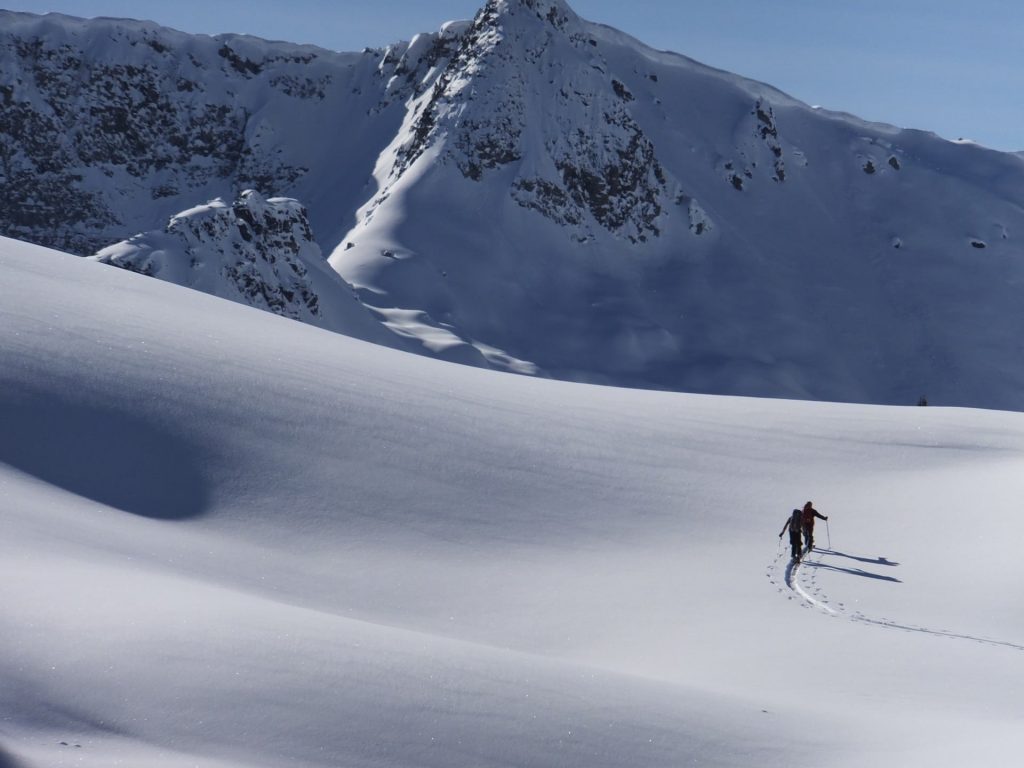
For the safety of your touring party, it is critical to understand the conditions before heading out.
Professional Touring Guides
With all this knowledge, and perhaps some shiny new gear, where does one go? A great way to continue the backcountry education is to hire an ACMG (Association of Canadian Mountain Guides)-certified guide. Not only do they know the area extremely well, they’re also a wealth of knowledge, and are happy to share their experience with clients. The secret powder stashes they’ll lead you to are a nice bonus, too. Extremely Canadian runs backcountry day trips off Whistler and Blackcomb, and check out Altus Mountain Guides for local, and more exotic ski and splitboard adventures.
Maps and Online Resources
Ready to venture out with your friends? Knowing where to go (and how to get back home) is critical. John Baldwin, a Coast Range ski legend, produces the guidebook and the maps every backcountry traveller should own. Beyond the guidebooks, a simple Google search of the area where you’re looking to adventure, plus the words “trip report” will bring up a number of great local blogs, rife with useful information regarding access, etc. Another amazing resource is the Facebook group “South Coast Backcountry Touring”. With almost 4,000 members, this page has great images, trip reports, and is a good place to meet new folks who are looking to get out into the hills and adventure.
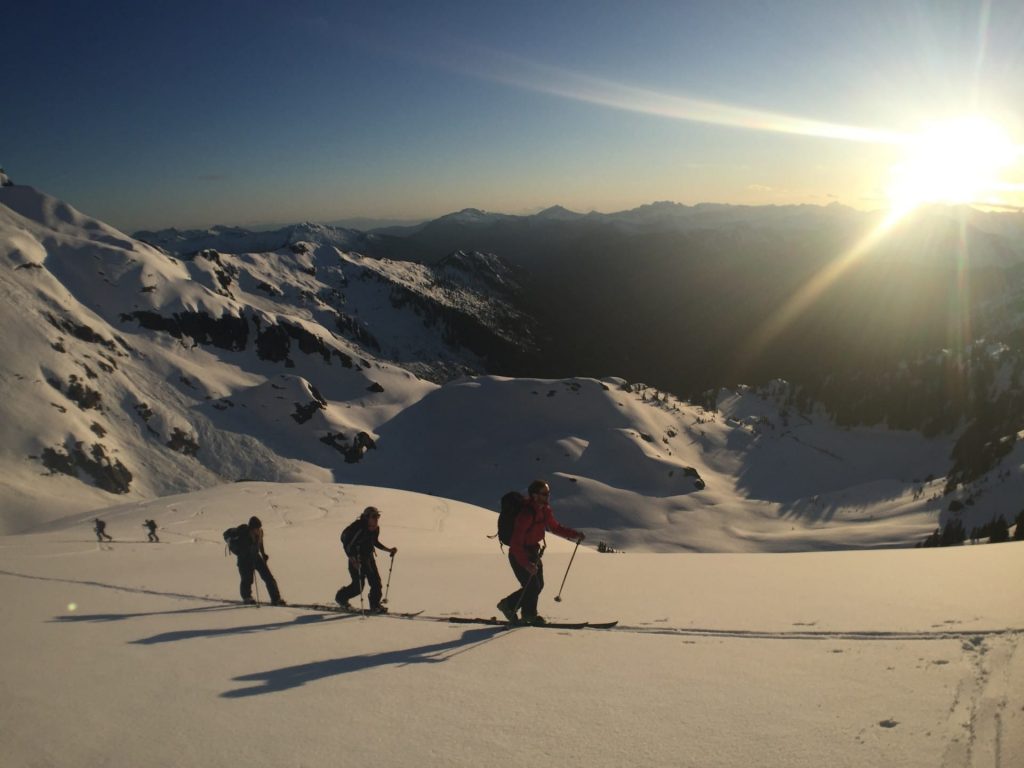
Knowing where to go in the backcountry has never been easier with access to professional guides and online resources.
Enjoy Your Whistler Backcountry Skiing and Boarding Adventures
A huge allure to the freedom of the hills is the dynamic, ever-changing nature of the backcountry. Whether you’re slapping climbing skins on for the first time, or are a wily veteran, there are incredible resources available to everyone. Avalanche hazard and weather forecasts, reputable guiding and course providers, and knowledgeable retailers all offer amazing services and products that will keep you safe and happy in the mountains – so that you can enjoy Whistler backcountry skiing or boarding for many years to come.
At Gibbons, we love the mountains and are stoked to share them with you. From exploring Whistler’s hidden gems like Journeyman Lodge to taking part in the most outrageous Whistler alpine activities, we’re all about embracing winter in beautiful Whistler. If you’d like to discover Whistler in the winter, let our expert concierge service take care of all your booking needs.

